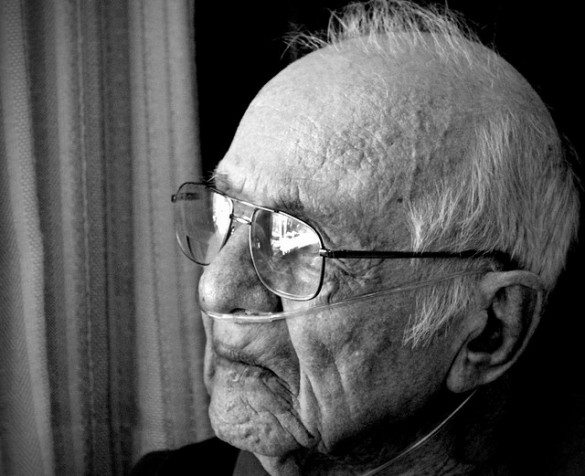Decision Not To Evacuate Nursing Homes Before Sandy Backfires

In an exhaustive, and frankly depressing, report by the New York Times, the decision not to evacuate nursing homes in vulnerable flood zones by state and city officials, including the Sea Crest Health Care Facility on Coney Island, produced disastrous conditions for thousands of disable seniors across Zone A communities.
Concluding that the approaching storm would be no worse than Tropical Storm Irene, in which an order to evacuate was given, Mayor Bloomberg, acting on advice from officials in Governor Cuomo’s office, issued a recommendation that facility operators in nursing homes not evacuate their patients.
The order to evacuate nursing homes last year for Irene had cost the city millions in transportation, health care and housing. It was a mess the city didn’t want to repeat in light of Irene’s minor impact on the city, and officials were optimistic that Sandy’s impact would be on the level of Irene.
They were wrong.
As Superstorm Sandy raged northward, nursing homes in Zone A, all filled with their patients, were devastated by flooding, power loss, and lack of heat. Backup generators in these facilities were shorted out and patients were left in cold, wet, damaged and darkened rooms. 305 patients in the Sea Crest Facility were among those trapped in the nightmarish conditions.
A rescue operation involving the National Guard, Fire Department, and all available ambulance crews was put into motion three days after the storm struck to evacuate thousands of patients living in Zone A. The delayed action invited more chaos. Patients were shifted to overcrowded shelters, some as far away as Albany, and many without proper medical care.
The Times quoted surgeon Dr. Joesphine Tsai who stationed at one of the emergency shelters, “Patients were saying, ‘I take a red pill,’ ‘I take a green pill. You didn’t know who was diabetic, who had a heart condition; it was dangerously chaotic.”
Refusing to accept full blame for the calamity that ensued, city officials attempted to pass the buck to the facilitators of the nursing homes by claiming that the Mayor issued a recommendation and not an order to stay put. Nursing home administrators decided not to evacuate, interpreting the Mayor’s advice as sound.
With the disaster that followed, assigning blame is not as important as preventing a repeat of a similar scenario should another storm come crashing into the city. Prevention will require better planning and the notion of not taking any chances. Alan M. Levine, senior vice president of Health Management Associates, and an official who has managed responses to many hurricanes summed it up, “When you are talking about frail elderly or persons with disabilities, in my experience, you don’t take chances. If they are in a mandatory evacuation zone, you evacuate.”
